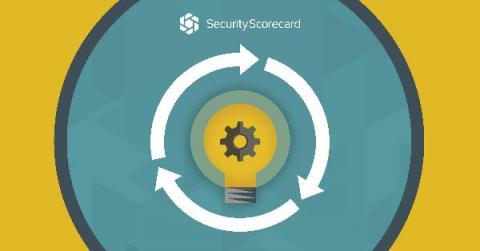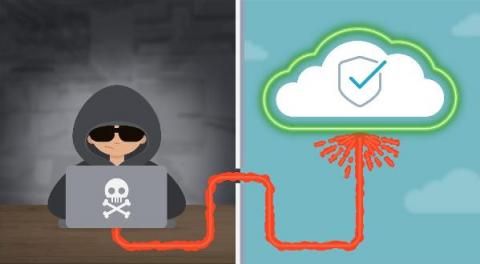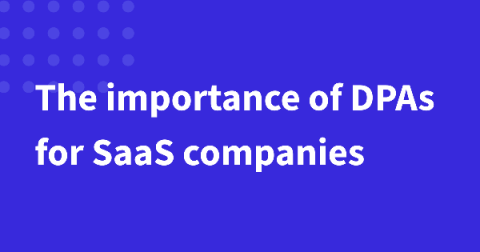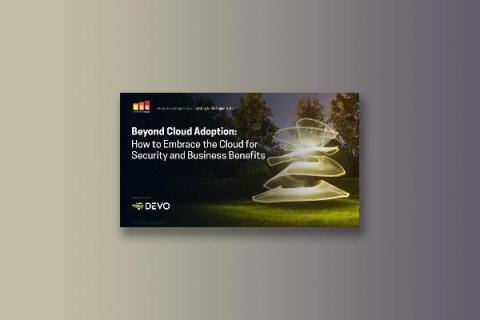Due Care vs. Due Diligence: What's the Difference?
Cybersecurity is more than “just” technology these days. With legislative bodies increasingly writing more laws, technology and legal terminologies have become more intertwined than ever before. As organizations build cyber risk strategies, they need to understand risk mitigation’s underlying goal. This is why understanding the difference between due care and due diligence is important to how you set your risk mitigation strategies.










